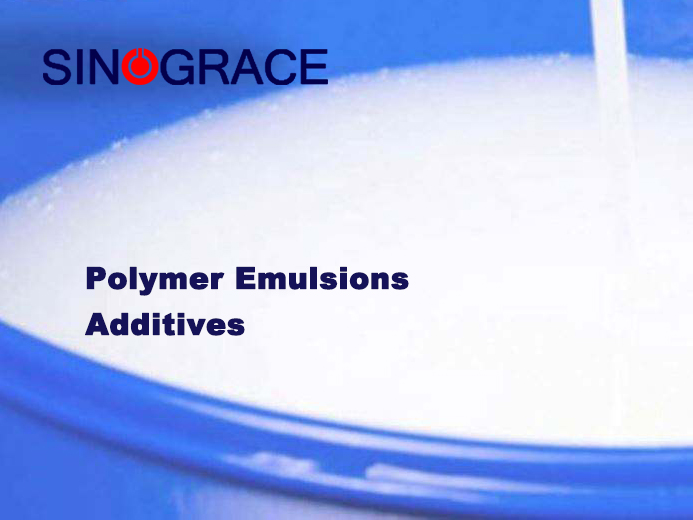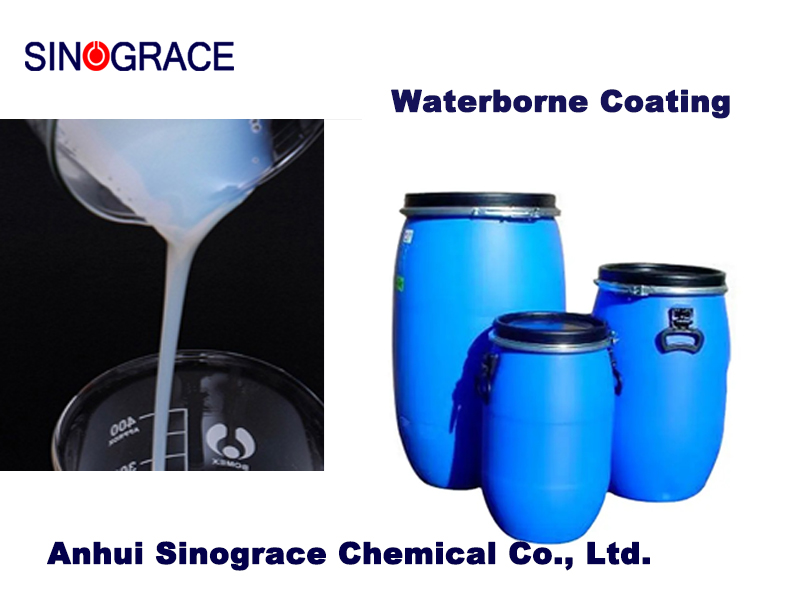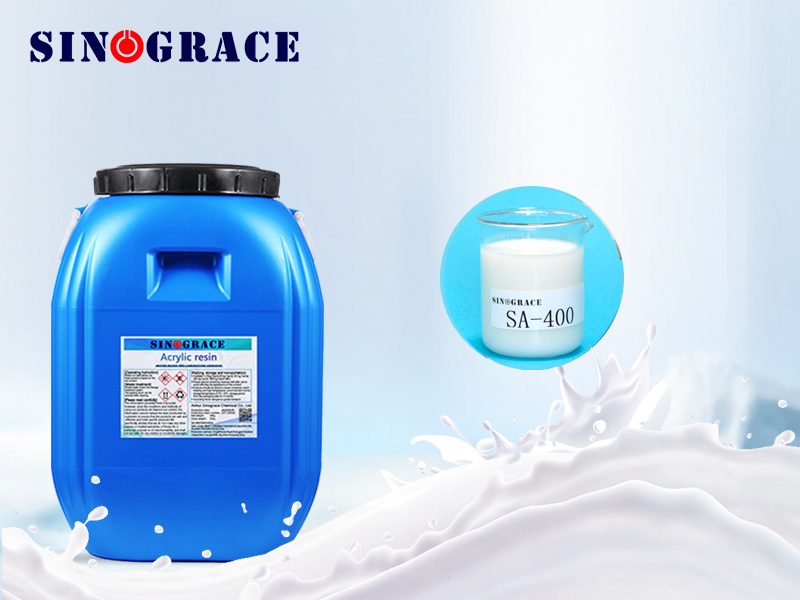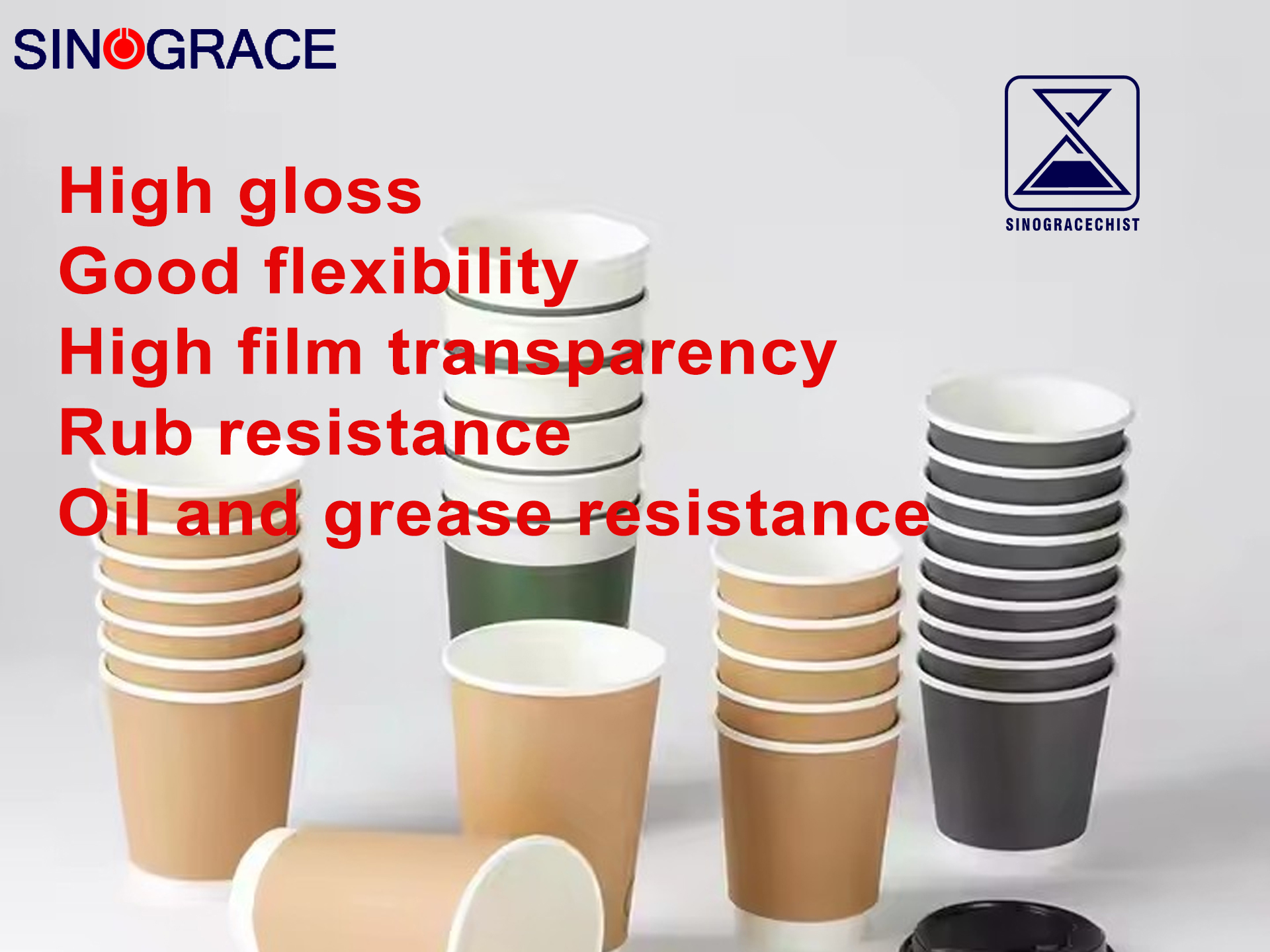Basic Knowledge of Waterborne Coating Formulation, Part 3
Film-Forming Aids Polymers that make up emulsions or dispersions typically have glass transition temperatures above room temperature. To ensure good integration of emulsion particles into a uniform paint film, film-forming aids must be used to lower the minimum film-forming temperature (MFFT). Film-forming aids are a class of small-molecule organic compounds that eventually escape and volatilize from the paint film. Most film-forming aids are a significant component of volatile organic compounds (VOCs) in coatings; therefore, the less film-forming aid used, the better. When selecting film-forming aids, prioritize compounds that are not subject to VOC restrictions but have moderate volatility and high film-forming efficiency. The amount of film-forming aid depends on the amount of emulsion or aqueous dispersion in the formulation and the glass transition temperature. For emulsions or aqueous dispersions with high Tg values, a larger amount of film-forming aid is required, and vice versa. When designing a formulation, the film-forming aid should ideally comprise approximately 3%-5% of the emulsion or aqueous dispersion, or 5%-15% of the solids content. However, for polymer emulsions with Tg values exceeding 35°C, the amount of film-forming aid may need to be increased to ensure reliable low-temperature film formation. In this case, the amount of film-forming aid should be gradually increased until a uniform, non-cracking, non-powdering paint film can be formed at low temperatures (around 10°C or lower), thus determining the minimum required amount. Using film-forming aid at 15% or higher of the emulsion or dispersion is not advisable; alternative film-forming aids should be considered. Besides lowering the minimum film-forming temperature and increasing film density, film-forming aids can also improve workability, increase leveling properties, extend open time, and improve storage stability, especially low-temperature antifreeze properties. Film-forming aids in water-based coatings are generally alcohol ether solvents, most commonly diethanol ethers, propylene glycol ethers, and N-methylpyrrolidone, which vary in boiling point. During summer application, water-based coatings dry relatively quickly, meaning some moisture may remain trapped within the coating film before it is fully dry, leading to whitening or poor leveling. Therefore, adding a small amount of appropriate high-boiling-point solvent can slow down the drying process, extend the open time of the film, and improve its application properties and appearance. In winter, due to lower temperatures, water-based coatings dry more slowly, meaning water evaporates more slowly. However, film-forming aids evaporate relatively faster than water, and some may not evaporate with the water. This can prevent the water-based coating from forming a dense layer, resulting in whitening and cracking of the film. Therefore, when adding film-forming aids, it is essential to consider overcoming the application...
read more

 English
English français
français русский
русский español
español العربية
العربية








